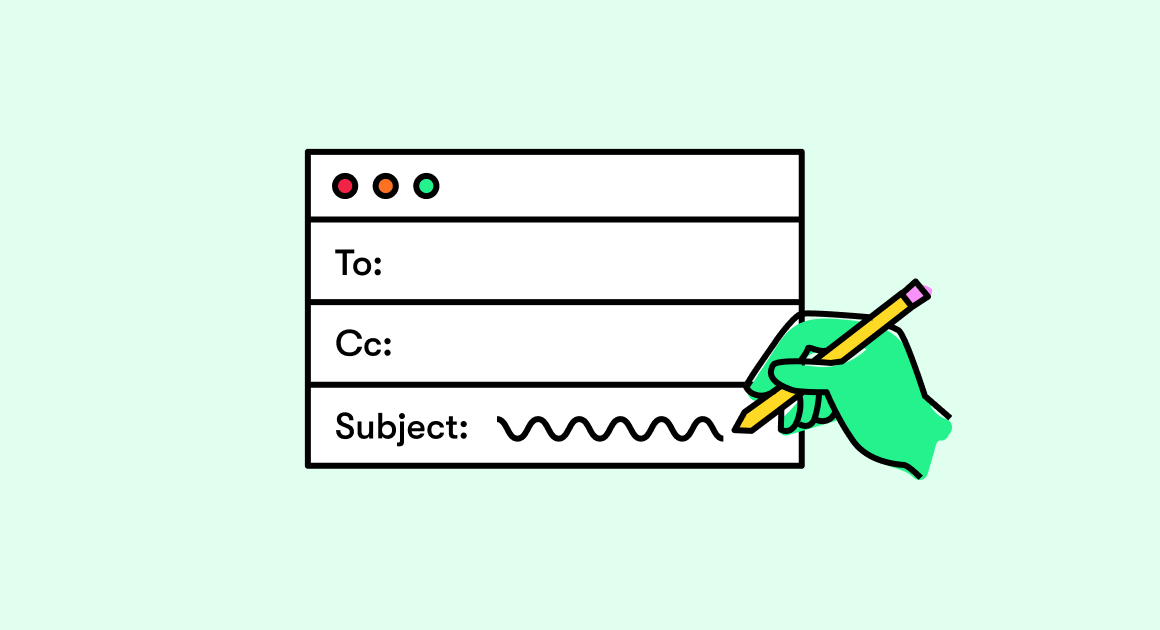Dandruff affects more than 50% of the population. The people concerned then have only one idea in mind: to get rid of it. Where does dandruff come from? How to treat them? Evoking Minds answers your questions.
How do dandruff form?
The skin of the scalp is made up of two layers: the dermis and the epidermis. It is renewed approximately every 28 days thanks to the formation of new epidermal cells which will eliminate dead cells by pushing them outside the epidermis.
Dandruff appears when a fungus called Malassezia (not contagious) proliferates and causes a disruption of this cell renewal. The cycle then goes from 28 days to about 5 days. Dead cells no longer have time to gradually detach, they cling to each other and concentrate in the form of scales (thin strips of skin from the outermost layer of the epidermis on the surface of the leather scalp), then become what is called dandruff.
Dry dandruffs or oily dandruffs?
- Dry dandruff: Malassezia feeds mainly on the sebum produced by the scalp. It therefore dries faster and sheds dry films that look like little snowflakes.
- Oily dandruff: the fungus pumps the scalp’s natural reserve of sebum and causes the appearance of so-called oily dandruff, which is more difficult to treat. They have a yellowish color and cling to hair roots forming sticky clumps. Oily dandruff is bigger than dry dandruff. They can also facilitate the growth of bacteria and cause itching or hair loss.
What causes dandruff?
Genetic or medical causes
- Hormonal imbalance ( puberty, pregnancy, menopause, etc.);
- Oily scalp;
- Excessive sweating;
- Certain medical treatments.
Psychological causes
- Stress;
- Fatigue;
- Anxiety.
External causes
- Pollution;
- Unsuitable hair products;
- Alcohol and tobacco;
- Unbalanced diet;
- Too aggressive hair care ( coloring, brushing, heat from the hair dryer too strong…);
- Changing climates;
- Wearing a helmet or an extended cap.
How to remove dandruff?
There are different anti-dandruff treatments adapted to each type of hair and dandruff, explains Julien Wintenberger, communication manager at Procter & Gamble.
Anti-dandruff shampoos and treatments
Anti-dandruff shampoos and treatments treat the scalp by regulating excess or lack of sebum and slowing down the proliferation of the fungus.
Preferred ingredients:
- Zinc pyrithione. It is an excellent antifungal agent (to fight fungi) and antibacterial;
- Coal tar. This anti-proliferative slows down the abnormal production of dermal cells;
- Sulfur or salicylic acid. These keratolytic active ingredients dissolve scales by peeling off and eliminating the layer of keratin on the surface of the skin;
- The use of a 2 in 1 shampoo and without sulfites (too aggressive detergent) is ideal.
Good to know: dandruff is localized at the hairline and using an anti- dandruff shampoo can damage the ends. Remember to moisturize them with a daily care such as a conditioner or an oil. If you have dry dandruff, you can do a nourishing mask once a week all over your hair.
The opinion of our partner Dercos
Having dry hair can sometimes lead to itching and dandruff. To fight against this vicious circle, our Dercos DS anti-dandruff shampoo is ideal. Enriched with salicylic acid and selenium DS, it helps to rebalance the microbiome of the scalp, in order to eliminate 100% of visible dandruff from the first use*, and to prevent recurrences for six weeks**. Easy to use, just leave it on for two minutes, then rinse. Let yourself be surprised by its orange formula, and discover its light and unisex fragrance that will leave your hair delicately scented. Immediately, the barrier function of the scalp is improved and the itching reduced.
Medicated and treating shampoos
A dermatologist may possibly prescribe corticosteroid-based lotions, but only for very severe pathologies such as psoriasis (to find out more, read our file on psoriasis ).
Plant extracts and essential oils
Some plants can be very effective in the fight against dandruff. Rosemary has antifungal and antimicrobial properties. Propolis, a derivative of honey, is known for its antiseptic and bactericidal properties. (see our selection of honey beauty products ).
Many essential oils can also be used to treat dandruff in a natural way. Among them, tea tree essential oil cleanses and soothes the scalp, sage regulates excess sebum and eucalyptus is a very good anti-inflammatory.
NB: it is necessary to respect the right dosages and not to improvise as a chemist, under penalty of aggravating the situation and seeing even more problems related to dandruffs appear. It is necessary to seek advice from a specialist before using plant extracts or essential oils.
Must Read: Fish Oil Benefits For Hair Growth
Food supplements and vitamins
Certain dietary supplements and vitamins can also help get rid of dandruff. Choose vitamin A (eggs, dairy products), vitamin B6 (whole grains, salmon or bananas) and vitamin E (fatty fish, hazelnuts and almonds). Also draw on the side of trace elements. Selenium, for example, has an antioxidant effect and allows the body to produce an enzyme (with the help of vitamin E) which protects cell membranes against oxidation caused by free radicals. It is mainly found in Brazil nuts or canned tuna.
How to get rid of dandruff?
Our tips to avoid the return of dandruff:
- Do not “mistreat” your hair any longer: massage it and rinse it gently, comb it or brush it gently;
- Always rinse your hair thoroughly with lukewarm water and finish with a jet of cold water;
- Remember to wash your comb or brush regularly;
- Limit the use of styling gels, sprays or hairspray as much as possible, as well as the wearing of a helmet or a hat;
- Space out the time between perms, straightening and dyeing (once a month);
- Be sure to find (or maintain) a balanced diet, neither too rich nor too acidic.



